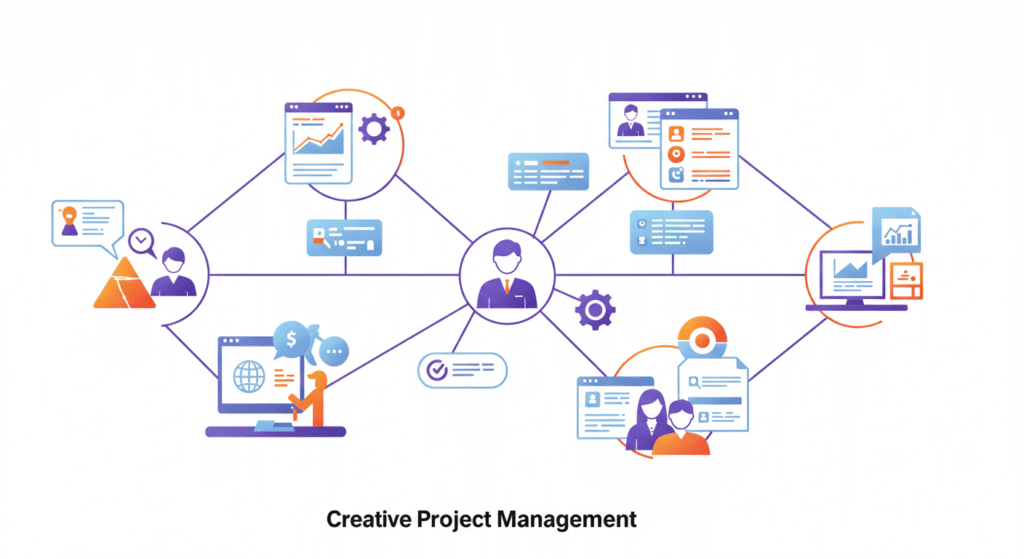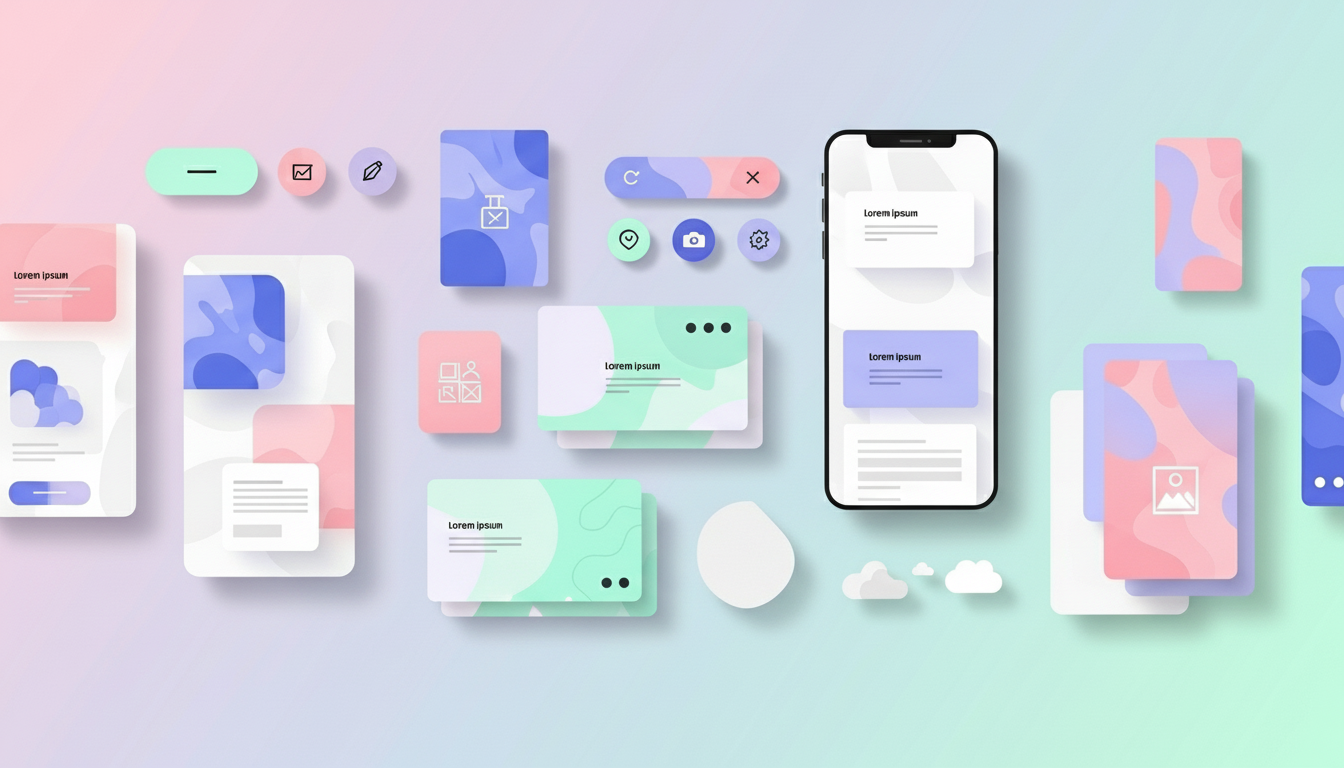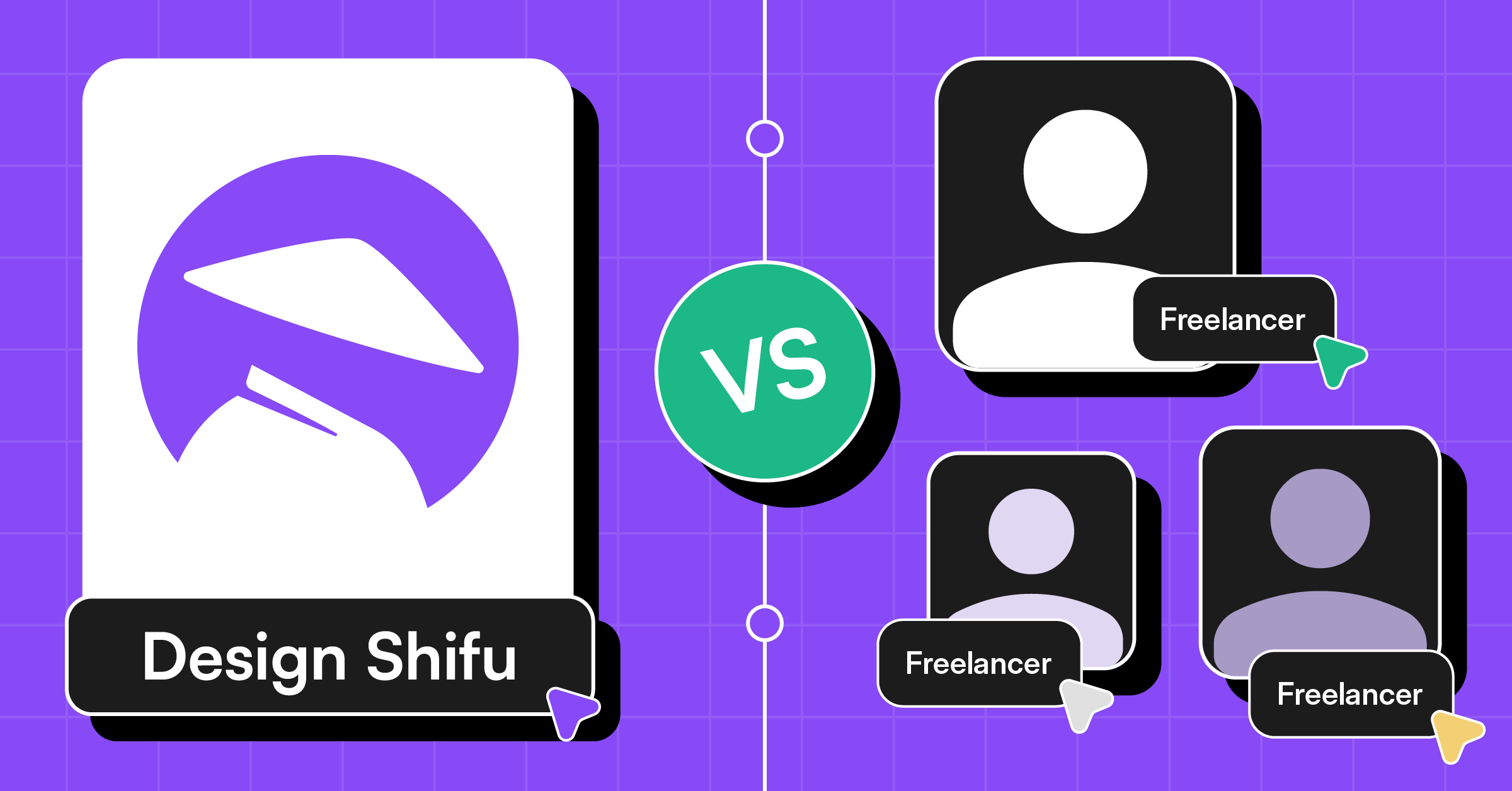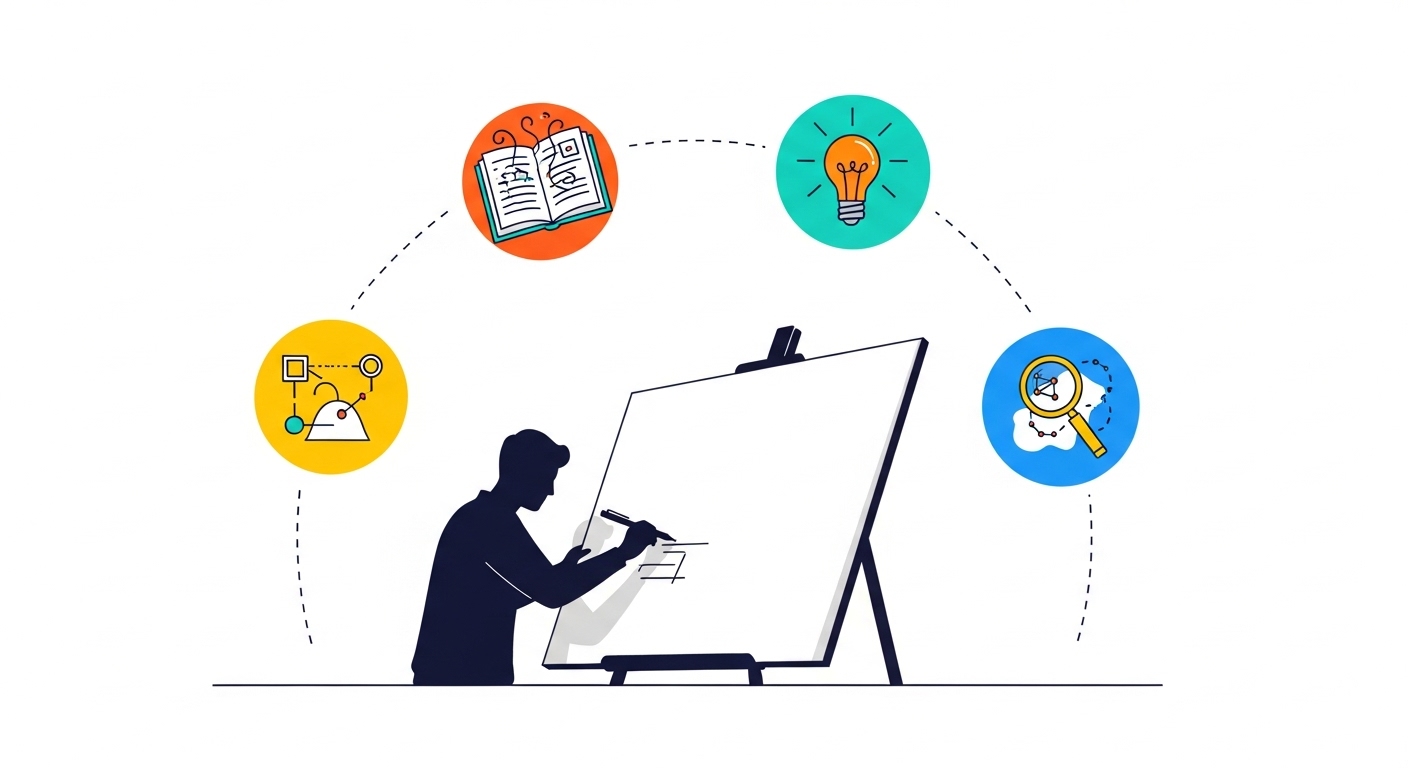In today’s competitive landscape, managing creative projects across clients isn’t just a task, it’s the difference between growth and chaos
Whether you’re a full-service digital agency, juggling various client demands while maintaining quality and profitability requires a structured approach that balances creativity with systematic management.
This comprehensive framework will help you streamline operations, enhance client satisfaction, and boost your agency’s bottom line.
TL;DR
- Managing multiple creative projects across clients requires more than task lists.
- This blog introduces a structured, scalable framework that improves profitability, retention, and operational clarity using client tiers, resource visibility, intake systems, and workflow modularity.
The Multi-Client Challenge: Why Traditional Project Management Falls Short
Most agencies struggle not because they lack talent, but because they attempt to apply conventional project management techniques to the unique demands of creative work across diverse client portfolios.
Managing creative projects across multiple clients requires specialized systems that accommodate both the unpredictable nature of creative work and the varying expectations of different clients.
According to a 2024 Agency Management Institute survey, agencies that implement specialized multi-client frameworks see a 37% increase in project profitability and a 42% improvement in client retention rates. Furthermore, these agencies report 65% fewer missed deadlines and significantly reduced team burnout.
Building Your Multi-Client Management Framework
1. Client Categorization and Prioritization
Treating all clients equally drains your top resources and weakens outcomes. However, many agencies make the mistake of treating all clients equally, which stretches resources thin and often results in mediocre service across the board.

Strategic Client Tiers
Include an example tier framework:
- Tier 1: Strategic accounts (high revenue, high touch)
- Tier 2: Growth-stage clients (low revenue, high potential)
- Tier 3: Transactional (project-based only)
Implementation Tip: Create a dynamic client matrix that allows for quarterly reassessment of client positioning. This ensures your resource allocation evolves with changing client relationships.
2. Unified Project Intake Process
Project chaos starts with inconsistent intake, and compounds fast. When managing creative projects across multiple clients, a structured intake process becomes essential.
Essential Components
- Standardized creative briefs with client-specific sections
- Scope definition templates
- Timeline estimation tools
- Resource allocation forecasting
- Client approval checkpoints
- Visual: Add an intake checklist (Creative brief, Scope, Timeline, Resources, Approval checkpoint)
Implementation Tip: Develop digital intake forms that automatically populate your project management system, reducing administrative overhead and ensuring consistent information gathering.
3. Resource Management Revolution
The ability to view resources across all client projects simultaneously is the most powerful lever for on-time, on-budget delivery
Advanced Resource Allocation
- Cross-project resource visibility
- Skill-based assignment protocols
- Capacity forecasting tools
- Utilization tracking dashboards
- Include a resource allocation scoring system (based on availability, skill match, client priority)
Implementation Tip: Implement resource management software that provides visual representations of team capacity across clients, helping identify potential bottlenecks before they occur.
4. Centralized Communication Hub
Communication breakdown is the leading cause of project failure. When working with multiple clients, communication complexity increases exponentially.
Communication Infrastructure
- Client-specific communication channels
- Standardized update cadences
- Centralized decision documentation
- Cross-client visibility controls
- Feedback collection mechanisms
- Mention async tools for distributed teams (e.g., Loom updates, Notion changelogs
Implementation Tip: Create communication templates for different project phases and client types, ensuring consistency while still allowing for personalization.
5. Workflow Standardization with Client Customization
While standardization is essential, client-specific needs must be accommodated. The trick is to standardize the backbone while allowing for customization at key touchpoints.
Balanced Approach
- Core workflow templates
- Client-specific approval pathways
- Customizable delivery formats
- Standard quality assurance protocols
- Personalized reporting dashboards
- Show a visual structure example:
- 70% standardized
- 30% customizable (per client branding/approval)
Implementation Tip: Build modular workflow templates with clear indicators of where client customization is permitted, maintaining efficiency while honoring client preferences.
Technology Stack for Multi-Client Management
Managing creative projects across multiple clients requires sophisticated technological support. Here’s the baseline tech stack to manage multiple clients with clarity and control
Essential Tools
- Integrated Project Management Platform
- Features to look for: Client segmentation, resource planning, time tracking, and financial management
- Popular options: Workamajig, Function Point, Productive
- Creative Asset Management System
- Features to look for: Version control, client-specific asset libraries, approval workflows
- Popular options: Brandfolder, Bynder, MediaValet
- Client Communication Portal
- Features to look for: Threaded conversations, approval tracking, file sharing
- Popular options: Client Portal, Basecamp, Asana for Clients
- Time Tracking and Profitability Analysis
- Features to look for: Project budgeting, real-time profitability tracking, resource utilization
- Popular options: Harvest, Toggl, TimeCamp
- Reporting and Analytics Dashboard
- Features to look for: Client-specific KPIs, cross-project analytics, custom reporting
- Popular options: Datapine, Klipfolio, Grow
Financial Management in Multi-Client Environments
Without financial control, scaling multi-client work leads to burnout, not profit.
Financial Best Practices
- Profitability Tracking: Implement real-time profitability tracking at both the project and client levels
- Diversification Strategy: Balance high-volume, low-margin clients with high-margin, lower-volume relationships
- Efficiency Metrics: Track production efficiency across client types to identify optimization opportunities
- Value-Based Pricing Models: Develop pricing structures based on value delivered rather than time spent
- Financial Buffer Systems: Create systems for managing cash flow across clients with different payment terms
- Add a KPI callout box:
- Target gross margin per project: 50–60%
- Max design hours per client: X/week
- Profit per client over 6 months
Implementation Tip: Conduct monthly portfolio reviews to identify trends in client profitability and make data-driven decisions about resource allocation and pricing adjustments.
Client Management and Relationship Development
Project success means nothing if clients don’t stick around
Relationship Enhancement Strategies
- Account Team Structure: Design dedicated account teams with clear roles and backup personnel
- Client Success Planning: Develop client-specific success plans with measurable objectives
- Strategic Review Cadence: Implement quarterly business reviews with key clients
- Cross-Client Learning: Create systems for sharing insights across client projects
- Expansion Pathways: Develop structured approaches for growing client engagements
- Quarterly client scorecard with NPS, ROI achieved, and project feedback
Implementation Tip: Assign relationship managers distinct from project managers to focus exclusively on strategic client development and satisfaction.
Team Structure for Multi-Client Success
Structure decides speed. The right model unlocks faster delivery across accounts
Organizational Models
- Client Pod System: Dedicated teams serving specific client groups
- Functional Specialization: Teams organized by discipline with cross-client service
- Hybrid Matrix: Core client teams supported by specialized departments
- Project Task Forces: Dynamic teams assembled based on project requirements
- Client Tier Alignment: Team structures that mirror your client tiering system
- Pros and cons grid of Pod vs Matrix vs Task Force
Implementation Tip: Regularly assess your organizational structure against key performance indicators to determine if restructuring could improve efficiency or client satisfaction.
Crisis Management in Multi-Client Environments
When managing creative projects across multiple clients, A crisis in one client account can cascade—unless you’re prepared.
Crisis Protocol Development
- Early Warning System: Implement triggers that identify potential issues before they become crises
- Resource Reallocation Procedures: Develop protocols for emergency resource shifting
- Client Communication Templates: Create pre-approved messaging for common crisis scenarios
- Escalation Pathways: Establish clear decision-making authority during crisis situations
- Post-Mortem Analysis: Conduct thorough reviews to prevent similar issues across clients
- 5 triggers to watch (missed milestones, unclear briefs, overused designer, etc.)
Implementation Tip: Run quarterly crisis simulation exercises to ensure your team can execute crisis protocols effectively when necessary.
Scaling Your Multi-Client Management Approach
As your agency grows, your framework for managing creative projects across multiple clients must evolve.
Scaling Considerations
- Automation Opportunities: Identify repetitive tasks that can be automated to improve efficiency
- Team Expansion Planning: Develop clear guidelines for when to expand teams based on client load
- Knowledge Management Systems: Create repositories for client information and project learnings
- Training Programs: Implement standardized onboarding for new team members
- Framework Evolution: Schedule regular reviews of your management framework
Implementation Tip: Create a scaling roadmap that anticipates framework adjustments needed at different growth milestones.
Measuring Success in Multi-Client Management
Effective management of creative projects across multiple clients requires clear success metrics that go beyond basic project completion.
Key Performance Indicators
- Portfolio Profitability: Overall profitability across all clients
- Resource Utilization: Optimal deployment of team capabilities
- Client Satisfaction Scores: Measured consistently across clients
- Project Efficiency Ratios: Time estimated vs. time spent
- Team Wellbeing Metrics: Indicators of sustainable workload management
- Create a success scorecard:
- Client NPS
- Project delivery score (on time/on budget)
- Team capacity variance
- Profit per designer
Implementation Tip: Develop a balanced scorecard approach that weighs financial performance against client satisfaction and team health metrics.
Multi-Client Project Management Checklist
- Client tiering matrix implemented
- Standard intake brief live
- Cross-project resource view active
- Workflow templates modularized
- Crisis playbook documented
- Monthly profitability reports reviewed
- Quarterly client NPS tracked
- Team structure aligned to client volume
Conclusion: The Competitive Advantage of Effective Multi-Client Management
Multi-client mastery is what separates chaotic agencies from scalable ones, it’s about gaining a true competitive edge.
Agencies that adopt comprehensive frameworks not only streamline operations but also boost client satisfaction, improve profitability, and foster a more motivated, productive team.
By applying the strategies laid out in this framework, your agency can shift from reactive project handling to proactive, strategic execution.
Start by evaluating your current workflow against the framework’s components. Pinpoint the biggest gaps and prioritize improvements that promise the highest immediate returns.
Remember, building an effective multi-client management system isn’t a one-time fix, it’s an evolving process that must adapt to your team’s growth, your clients’ changing needs, and the broader market landscape.
FAQs
1. What are the biggest challenges when managing creative projects across multiple clients?
The biggest challenges include inconsistent intake processes, resource allocation conflicts, communication breakdowns, maintaining quality standards across varying client expectations, and preventing team burnout from context switching between different client projects.
2. How can agencies effectively prioritize clients when managing multiple creative projects?
3. What technology is essential for managing creative projects across multiple clients?
4. How can agencies maintain profitability when managing creative projects across multiple clients?
5. What organizational structure works best for agencies managing creative projects across multiple clients?
6. How can agencies scale their approach to managing creative projects across multiple clients?





